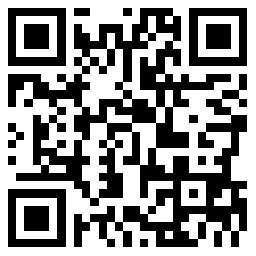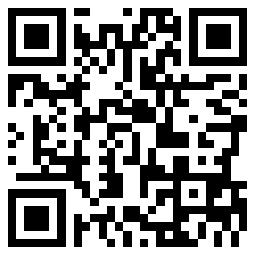中英
1
排序序列的英文
发音:
- 英文翻译
- 造句
- collating sequence
- 序列 order; alignment; array; suc ...
- 程序排序序列 program collating sequence
- 另外排序序列 alternate collating sequence
- 程序排序序列子句 program collating sequence clause
- 程序序列 agenda; program sequence
- 程序序列号 application serial number
- 降序序列 descending sequence
- 升序序列 ascending sequence
- 时序序列 time series
- 顺序序列 sequential sequence
- 有序序列 ordered sequence
- 主程序序列 main program sequence
- 程序序列控制 programmed sequence control
- 管理程序序列 supervisor sequence
- 程序序列发生器 program sequencer
- 原子密排序列 close-packed rows of atoms
- 荷兰各省排序列表 ranked list of dutch provinces
- 待议事件 程序序列 运行程序语言 agenda
- 排序 collate; e record / dering / netmask; ordination; precedence ordering; prioritize; rank ordering; ranking; sequencing; sort hels; sort order; sorthels; sorting algorithm; sorting order; sorting, ordering; tab; taxis
- 程序序部 library prelude
- 序列 1.(按次序排好的行列) order; alignment; array; succession; suite 不成序列 out of alignment; 战斗序列 battle array; battle order2.[数学] [计算机] sequence
- bogo排序 bogosort
- 包排序 packet sequencing
- 表排序 list sorting
- 不排序 no sort
- Collating sequences are discussed in more detail in the section
排序序列将在小节 - You are allowed to create custom collating sequences
您可以创建定制的排序序列。 - Describes how to create a custom collating sequence for a code page
描述了如何为代码页创建定制的排序序列。 - Specifies the collating sequence that is to be used for unicode tables in a non - unicode database
指定在非unicode数据库中用于unicode表的排序序列。 - Create the test database with same codepage , territory and collating sequence as production
用与生产中相同的代码页、地区和排序序列创建test数据库。 - The collating sequence maps the code point to the desired position of each character in a sorted sequence
排序序列将代码点映射至每个字符在已排序序列中的期望位置。 - For example , the collating sequence in ascii is : space , numeric values , upper case characters , lower case characters
例如, ascii中的排序序列是:空格、数字值、大小字符、小写字符。 - By default , db2 universal database uses ascii encoding , and the default sorting order is dictionary sort
默认情况下, db2 universal database使用ascii编码,默认的排序序列是字典顺序。 - On the other hand , the collating sequence in ebcdic is : space , lower case characters , upper case characters , and numeric values
另一方面, ebcdic中的排序序列则是:空格、小写字符、大写字符和数字值。 - It is possible to configure the federated system to match the sorting order of sources like oracle , which uses identity sort
可以配置联邦系统,以匹配像oracle这样的数据源的排序序列,后者使用identity顺序。
- 更多例句: 1 2
- 推荐英语阅读
排序序列的英文翻译,排序序列英文怎么说,怎么用英语翻译排序序列,排序序列的英文意思,排序序列的英文,排序序列 meaning in English,排序序列的英文,排序序列怎么读,发音,例句,用法和解释由查查在线词典提供,版权所有违者必究。
Last modified time:Tue, 19 Aug 2025 00:29:56 GMT


